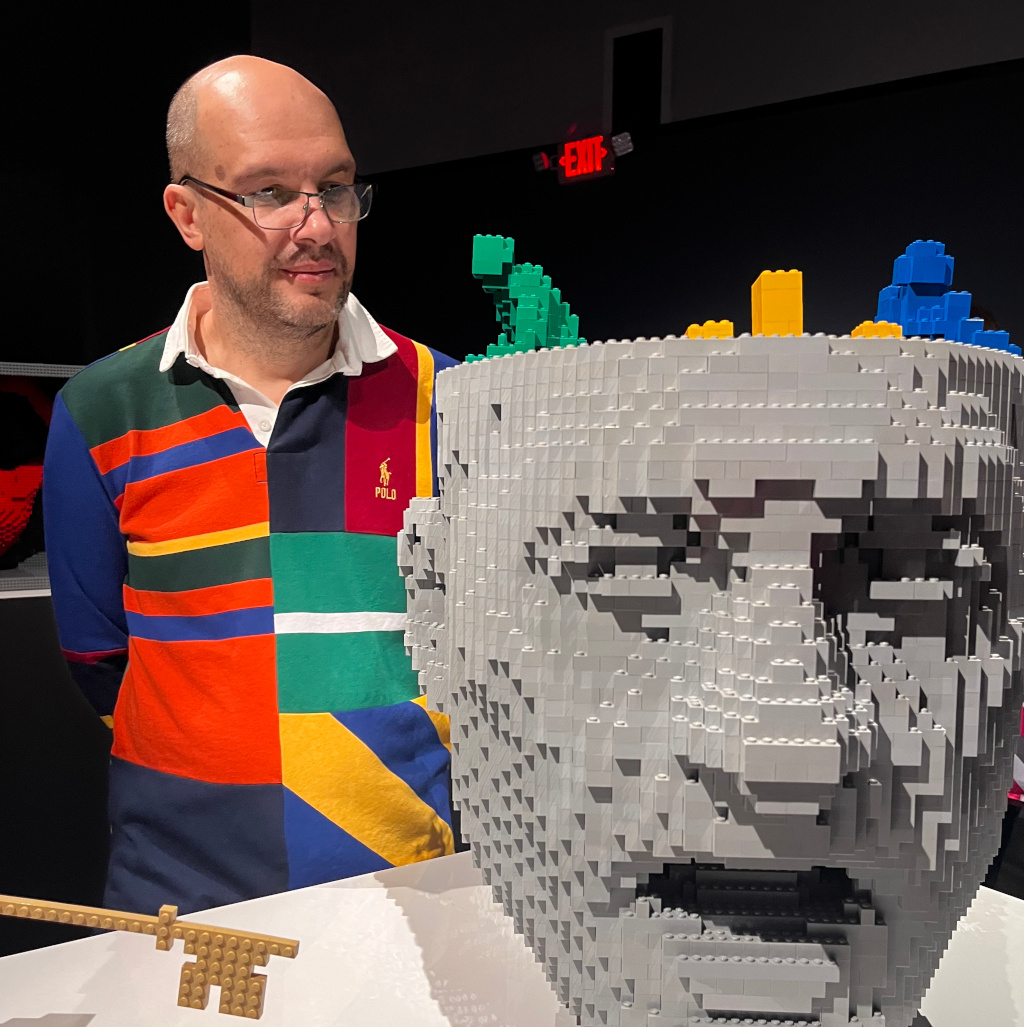321 reads
Stereoscopic Imaging Technologies for PC Game Developers
by
May 23rd, 2024
Audio Presented by

Parser3 server-side scripting language creator and stereoscopic drivers developer
About Author
Parser3 server-side scripting language creator and stereoscopic drivers developer
